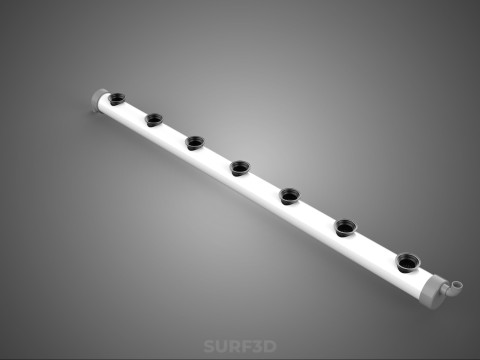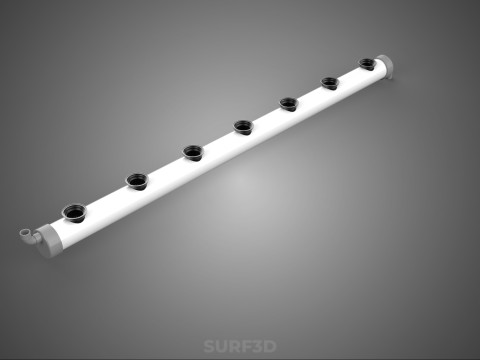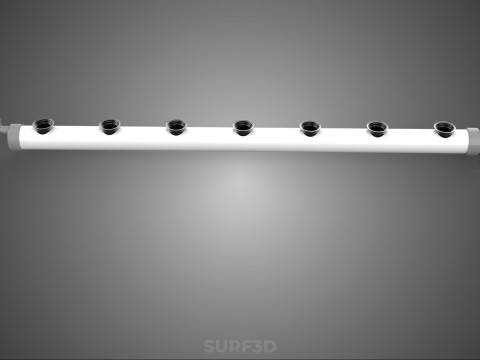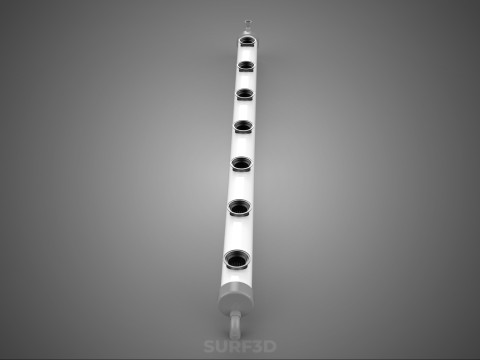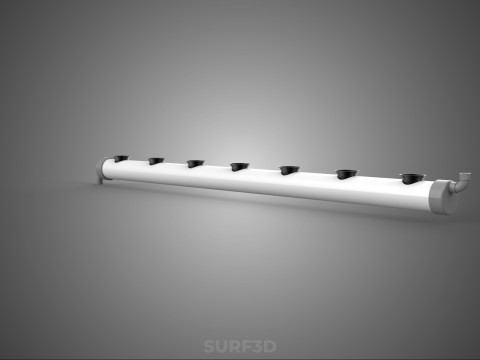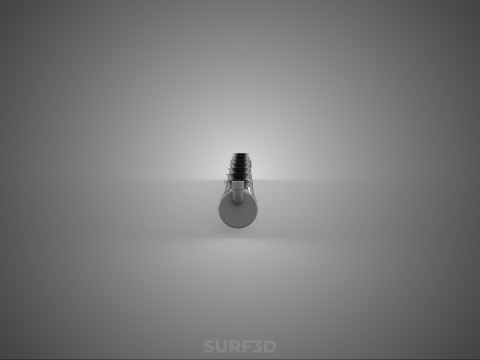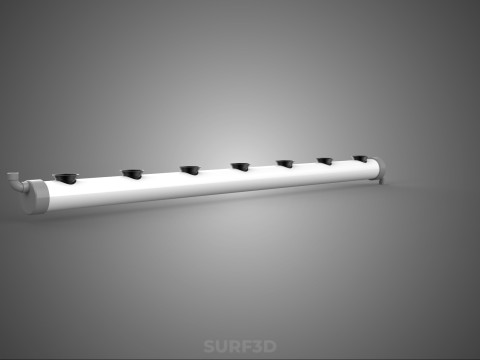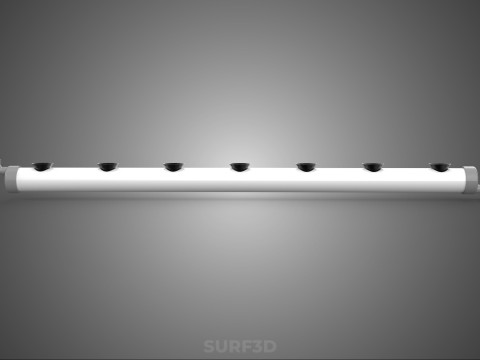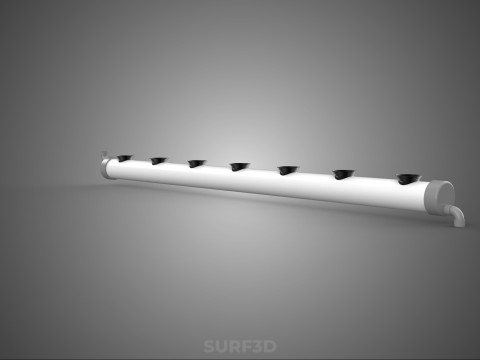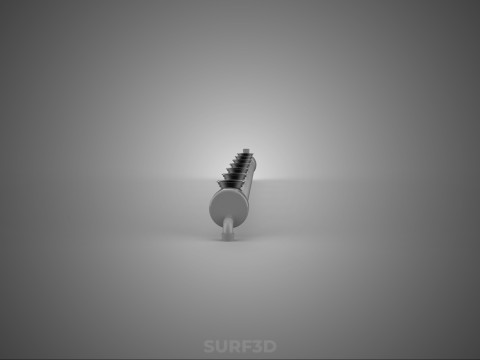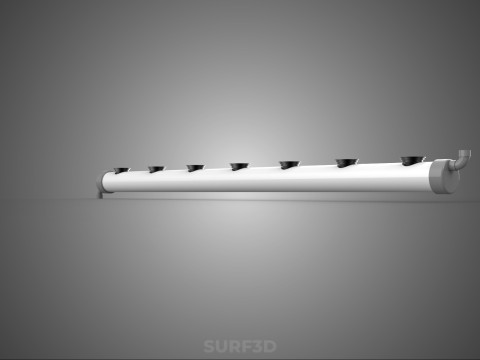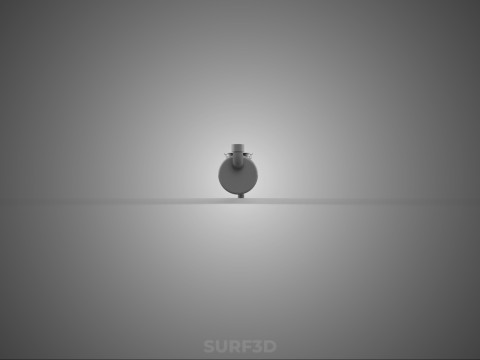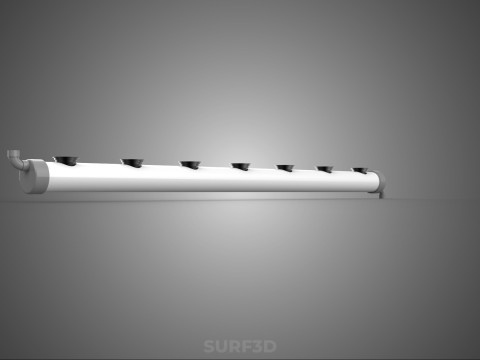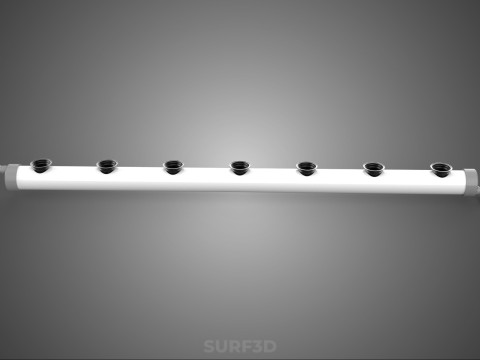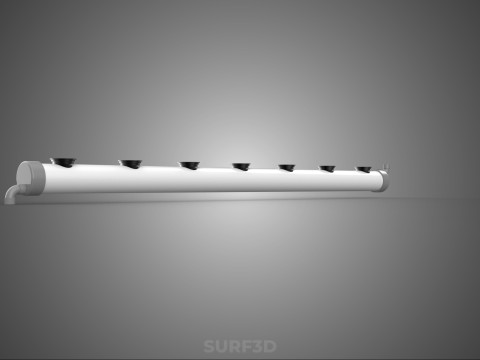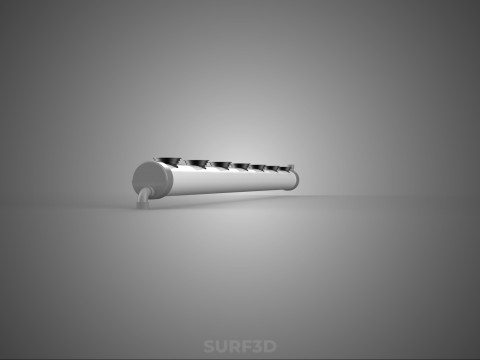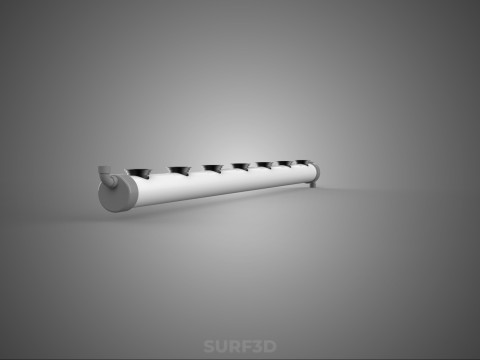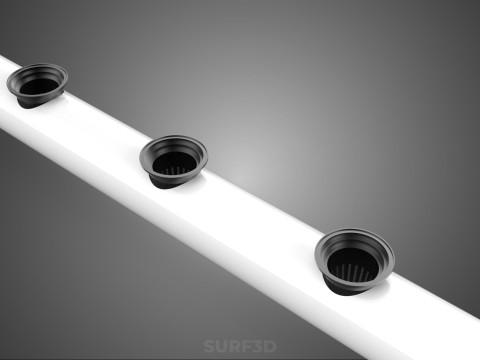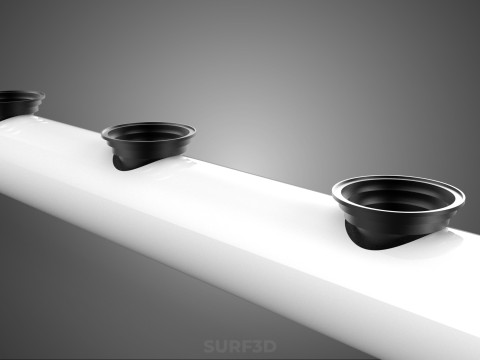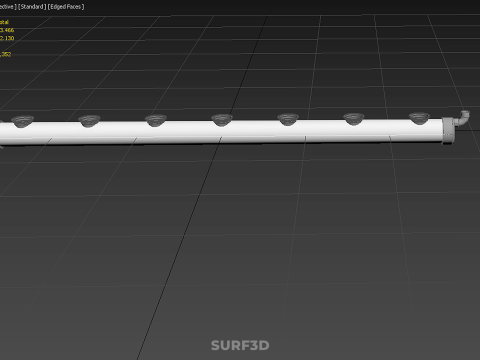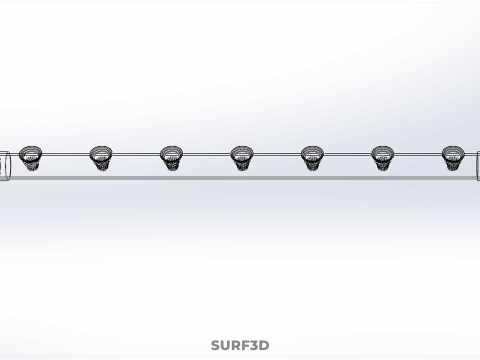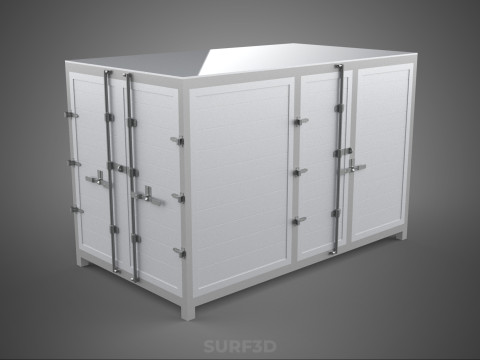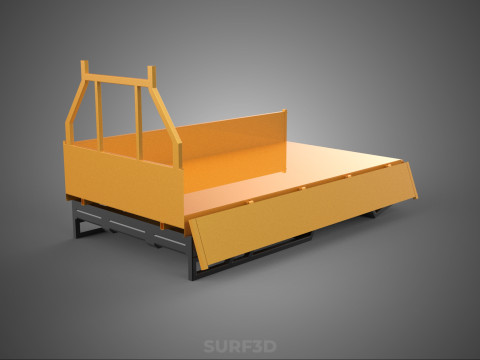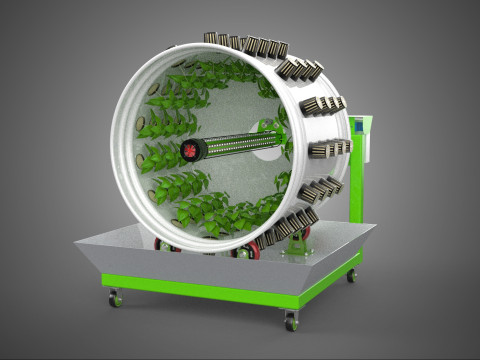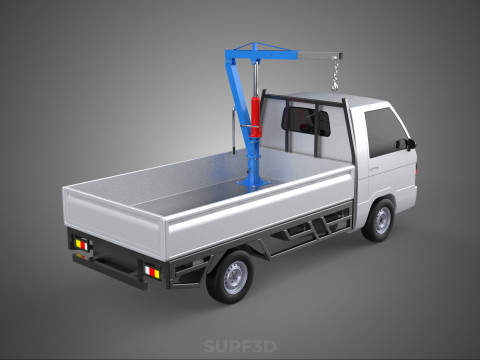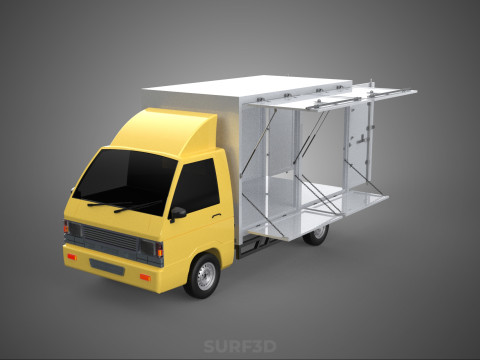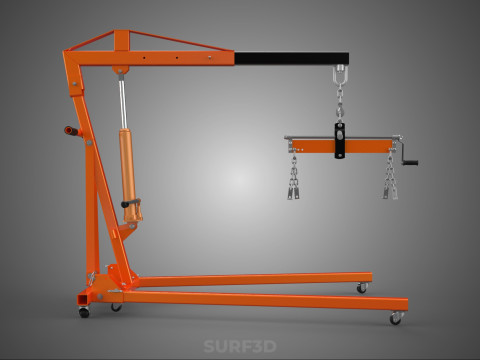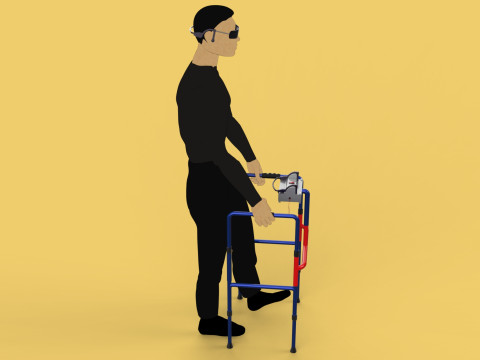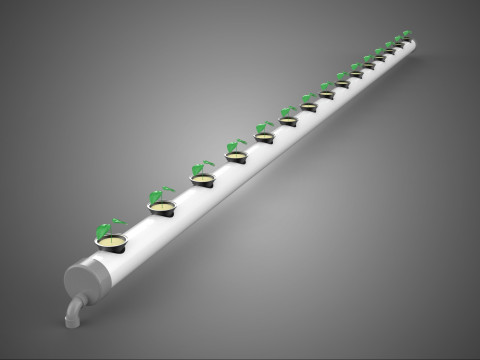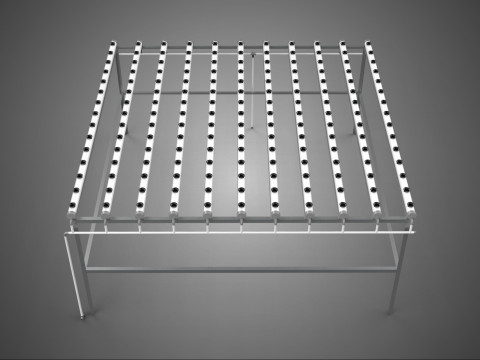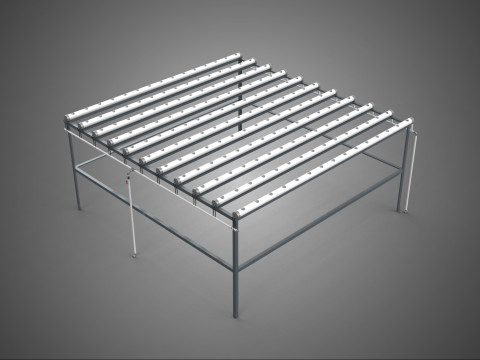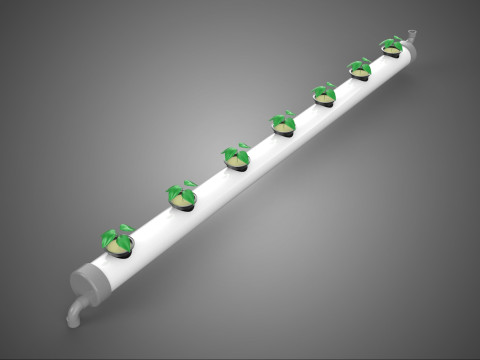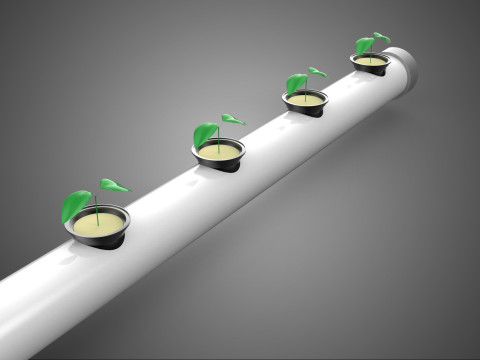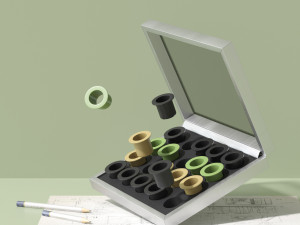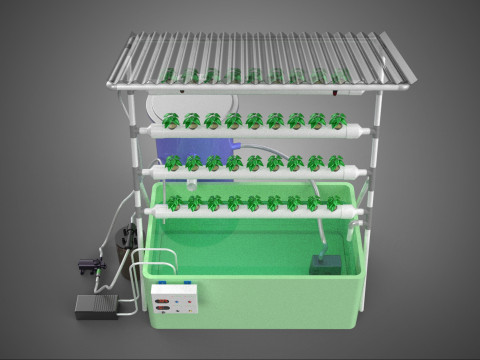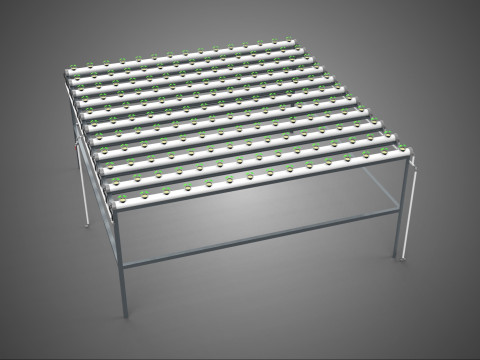PIPA IRIGASI TUMBUH PVC PIPA TANAMAN AKAR NUTRIEN HIDROPONIK Model 3D
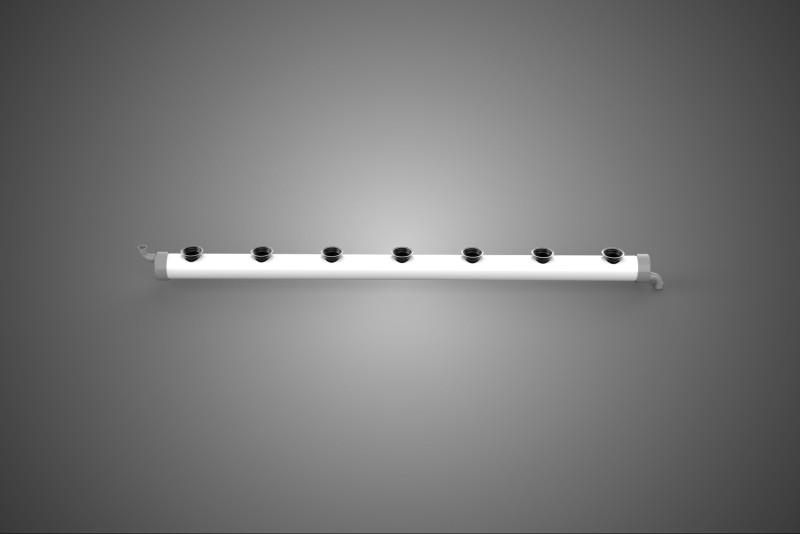
- Format yang tersedia: Rhinoceros (.3dm) 549.78 kb3D Studio (.3ds) 156.54 kbBlender3D (.blend) 496.83 kbCollada (.dae) 331.52 kbAutodesk AutoCAD (.dwg) 334.00 kbAutodesk FBX (.fbx) 552.86 kbGLB (.glb / .gltf) 183.04 kbIGES (.iges) 161.26 kbAutodesk 3DS MAX (.max) 800.77 kbWavefront OBJ (.obj) 267.90 kbACIS(.sat) 586.30 kbSketchUp (.skp) 231.70 kbSTEP (.step) 129.66 kbStereolithography (.stl) 261.48 kb
- Poligon:23466
- Sudut:22130
- Animasi:No
- Bertekstur:No
- Dimanipulasi:No
- Material:
- Low-poly:No
- Koleksi:No
- Pemetaan UVW:No
- Plugin Digunakan:No
- Siap Cetak:No
- Pindai 3D:No
- Konten Dewasa:No
- PBR:No
- AI Pelatihan:No
- Geometri:Poly NURBS
- Unwrapped UVs:Unknown
- Tampilan:60
- Tanggal: 2025-10-30
- ID Barang:608355
PIPA IRIGASI TUMBUH PVC PIPA TANAMAN AKAR NUTRIEN HIDROPONIK Model 3D 3dm, 3ds, blend, dae, dwg, fbx, glb, iges, max, obj, sat, skp, step, stl, Dari surf3d
High-quality 3D assets at affordable prices — trusted by designers, engineers, and creators worldwide. Made with care to be versatile, accessible, and ready for your pipeline.
Included File Formats
This model is provided in 14 widely supported formats, ensuring maximum compatibility:
• - FBX (.fbx) – Standard format for most 3D software and pipelines
• - OBJ + MTL (.obj, .mtl) – Wavefront format, widely used and compatible
• - STL (.stl) – Exported mesh geometry; may be suitable for 3D printing with adjustments
• - STEP (.step, .stp) – CAD format using NURBS surfaces
• - IGES (.iges, .igs) – Common format for CAD/CAM and engineering workflows (NURBS)
• - SAT (.sat) – ACIS solid model format (NURBS)
• - DAE (.dae) – Collada format for 3D applications and animations
• - glTF (.glb) – Modern, lightweight format for web, AR, and real-time engines
• - 3DS (.3ds) – Legacy format with broad software support
• - 3ds Max (.max) – Provided for 3ds Max users
• - Blender (.blend) – Provided for Blender users
• - SketchUp (.skp) – Compatible with all SketchUp versions
• - AutoCAD (.dwg) – Suitable for technical and architectural workflows
• - Rhino (.3dm) – Provided for Rhino users
Model Info
• - All files are checked and tested for integrity and correct content
• - Geometry uses real-world scale; model resolution varies depending on the product (high or low poly)
• • - Scene setup and mesh structure may vary depending on model complexity
• - Rendered using Luxion KeyShot
• - Affordable price with professional detailing
Buy with confidence. Quality and compatibility guaranteed.
If you have any questions about the file formats, feel free to send us a message — we're happy to assist you!
Sincerely,
SURF3D
Trusted source for professional and affordable 3D models.
More Information About 3D Model :
The **Irrigation PVC Grow Channel Pipe** is a specialized component within controlled-environment agriculture (CEA) systems, primarily utilized for **plant root nutrient hydroponic** cultivation. This infrastructure is central to several forms of soilless farming, notably Nutrient Film Technique (NFT) and Deep Flow Technique (DFT), where precise delivery and recovery of nutrient solutions are critical for optimizing plant growth.
### Nomenclature and Composition
The term "PVC Grow Channel Pipe" refers to a rectilinear or sometimes tubular conduit manufactured from Polyvinyl Chloride (PVC), a durable, chemically inert, and food-grade thermoplastic polymer. PVC is chosen for its low cost, ease of fabrication, resistance to degradation by water-soluble fertilizers, and opacity, which prevents light penetrati*n and subsequent algal growth within the root zone.
These channels are engineered to provide a sterile, stable environment for the development of root masses. They typically feature a flat bottom to facilitate the even flow of the nutrient solution and standardized apertures or access points spaced along the length, into which young plants (often initially started in inert media like rockwool or coco coir plugs) are inserted.
### Function within Hydroponic Systems
The primary function of the PVC Grow Channel is to serve as the physical conduit for the plants and the delivery mechanism for the nutrient solution.
#### 1. Nutrient Film Technique (NFT)
In NFT systems, the channels are positioned at a shallow gradient (typically 1:40 to 1:100). A thin film of nutrient-rich water is continuously circulated over the roots. The design of the channel ensures that only the bottom portion of the root mass is submerged, allowing the upper portion access to atmospheric oxygen, which is vital for respiration and preventing root rot (asphyxiation). The PVC channel walls provide structural support while isolating the root zone from external pests and environmental fluctuations.
#### 2. Deep Flow Technique (DFT) / Raft Systems (Modified Channels)
While traditional DFT uses large troughs or tanks, modified, larger-profile PVC channels can be used where the depth of the nutrient solution is significantly greater than in NFT. In these setups, plants are suspended via floating rafts (usually styrofoam or similar inert material) that rest directly on the nutrient solution within the channel. The larger volume offers greater buffering capacity against temperature and pH fluctuations, though aeration (using air stones) is typically required to maintain dissolved oxygen levels.
#### 3. Root Environment Management
The enclosed nature of the PVC pipe provides a highly controlled root environment. It shields the roots from direct sunlight, maintaining a consistent temperature and minimizing water evaporation. The standardized shape facilitates efficient cleaning, sterilization, and crop cycling between planting events.
### Irrigation Mechanism
Irrigation in these systems is managed through a closed-loop recirculating system. A reservoir containing the balanced nutrient solution (comprising macro- and micronutrients dissolved in water) is pumped to the highest point of the grow channel network. Gravity then dictates the flow across the root plane. The spent solution, having passed through the channel, collects at the lower end and drains back into the reservoir, where its pH, Electrical Conductivity (EC), and dissolved oxygen levels are monitored and adjusted before being recirculated.
The efficient design of the PVC channel pipe ensures minimal loss of water and nutrients, making hydroponics a highly water-efficient agricultural methodology compared to traditional soil-based irrigation.
KEYWORDS: Hydroponics, Nutrient Film Technique, PVC Grow Channel, Soilless Agriculture, Controlled Environment Agriculture, Nutrient Solution, Root Zone, Recirculating System, Plant Cultivation, Irrigation, Polyvinyl Chloride, EC Monitoring, pH Adjustment, Deep Flow Technique, Commercial Farming, CEA Infrastructure, Plant Support, Water Efficiency, Fertilizer Delivery, Crop Cycling, Root Respiration, Algae Prevention, Greenhouse Technology, Food-Grade Material, Closed-Loop System, Flow Rate, Nutrient Uptake, Vertical Farming, Root Mass, Drainage.
Perlu lebih banyak format?
Jika Anda membutuhkan format yang berbeda, silakan buka Tiket Dukungan baru dan minta itu. Kita dapat mengonversi model 3D menjadi: .stl, .c4d, .obj, .fbx, .ma/.mb, .3ds, .3dm, .dxf/.dwg, .max. .blend, .skp, .glb. Kami tidak mengonversi adegan 3d dan format seperti .step, .iges, .stp, .sldprt.!Informasi Penggunaan
PIPA IRIGASI TUMBUH PVC PIPA TANAMAN AKAR NUTRIEN HIDROPONIK - Anda dapat menggunakan model 3D bebas royalti ini untuk keperluan pribadi dan komersial sesuai dengan Lisensi Dasar atau Diperpanjang.Lisensi Dasar mencakup sebagian besar kasus penggunaan standar, termasuk iklan digital, proyek desain dan visualisasi, akun media sosial bisnis, aplikasi asli, aplikasi web, permainan video, dan produk akhir fisik atau digital (baik gratis maupun berbayar).
Lisensi Diperpanjang mencakup semua hak yang diberikan berdasarkan Lisensi Dasar, tanpa batasan penggunaan, dan memungkinkan model 3D untuk digunakan dalam proyek komersial tanpa batas dengan ketentuan Bebas Royalti.
Baca lebih lanjut


 English
English Español
Español Deutsch
Deutsch 日本語
日本語 Polska
Polska Français
Français 中國
中國 한국의
한국의 Українська
Українська Italiano
Italiano Nederlands
Nederlands Türkçe
Türkçe Português
Português Bahasa Indonesia
Bahasa Indonesia Русский
Русский हिंदी
हिंदी
